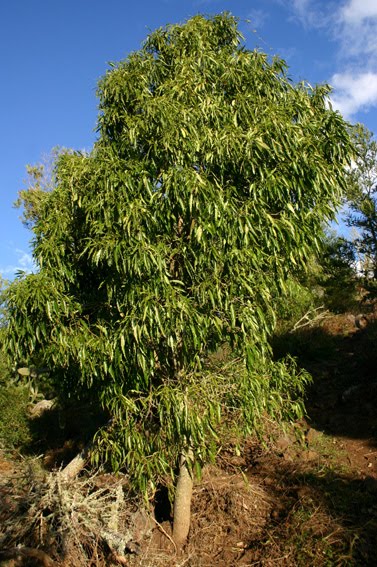[1] Potter's New Cyclopaedia of Botanical Drugs and Preparations
R.C. Wren Revised by Elizabeth M. Williamson and Fred J Evans. First published
in Great Britain in 1988 and reprinted in 1989 and 1994 by the C. W. Daniel Company
Limited. 1 Church Path, Saffron Walden Essex. Published 1988 Printed and bound
by Biddles, Guildford ISBN 085207 1973.
[2] Alkaloids. Vol1. Ed. S. W. Pelletier. Pub. John Wiley (1983)
[3] Sharp, T. M. (1934) J. Chem. Soc. 287
[4] Khan. I. and Qureshi, Z. (1967) J. Pharm. Pharmocol 19, 815
[5] Australian Medicinal Plants- E.V. Lassak & T. McCarthy. Publisher- Reed
New Holland, Australia 1983. ISBN 1876334703.
[6] J. H. Maiden, The Useful Native Plants of Australia. Turner & Henderson,
Sydney, 1889
[7] L. J. Webb, Guide to the Medicinal and Poisonous Plants of Queensland, CSIRO
Bulletin No. 232; Government Printer, Melbourne, 1948
[8] W. Woolls, A Contribution to the Flora of Australia; F. White, Sydney, 1867
[9] L. J. Webb, Mankind, 7, 137 (1969)
Images
1.
toowoombaplants2008.blogspot.com.au
2.
en.wikipedia.org
by Ethel Aardvark CC BY-SA 3.0
 Alstonia
constricta. Fever bark, Bitter
bark, Australian quinine
Family: Apocynaceae
Alstonia
constricta. Fever bark, Bitter
bark, Australian quinine
Family: Apocynaceae
